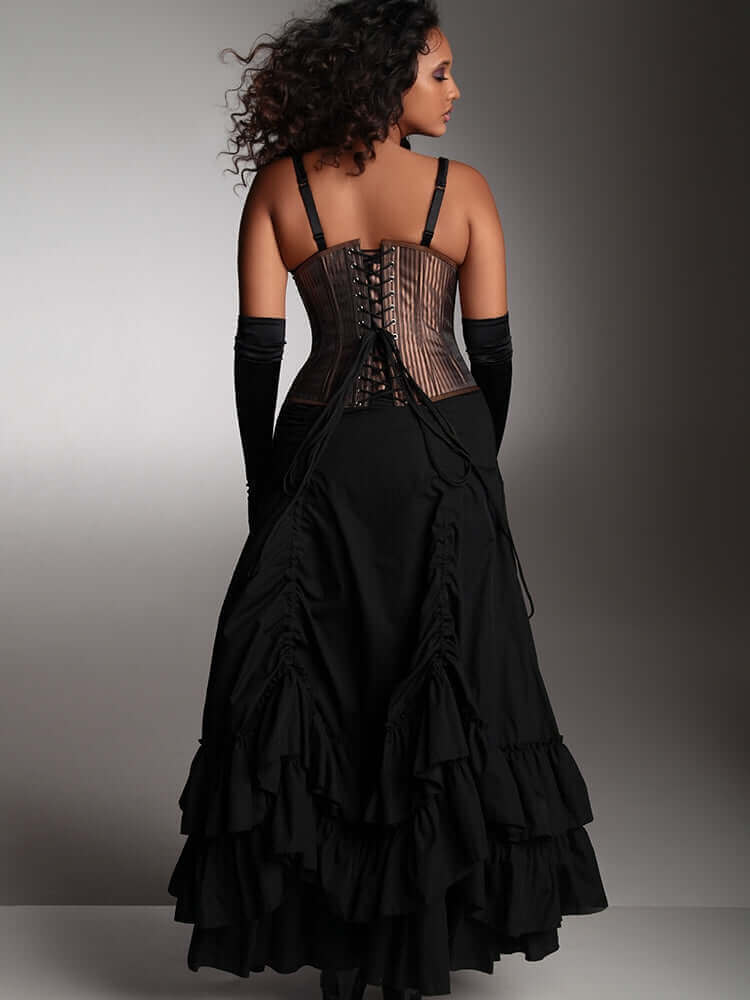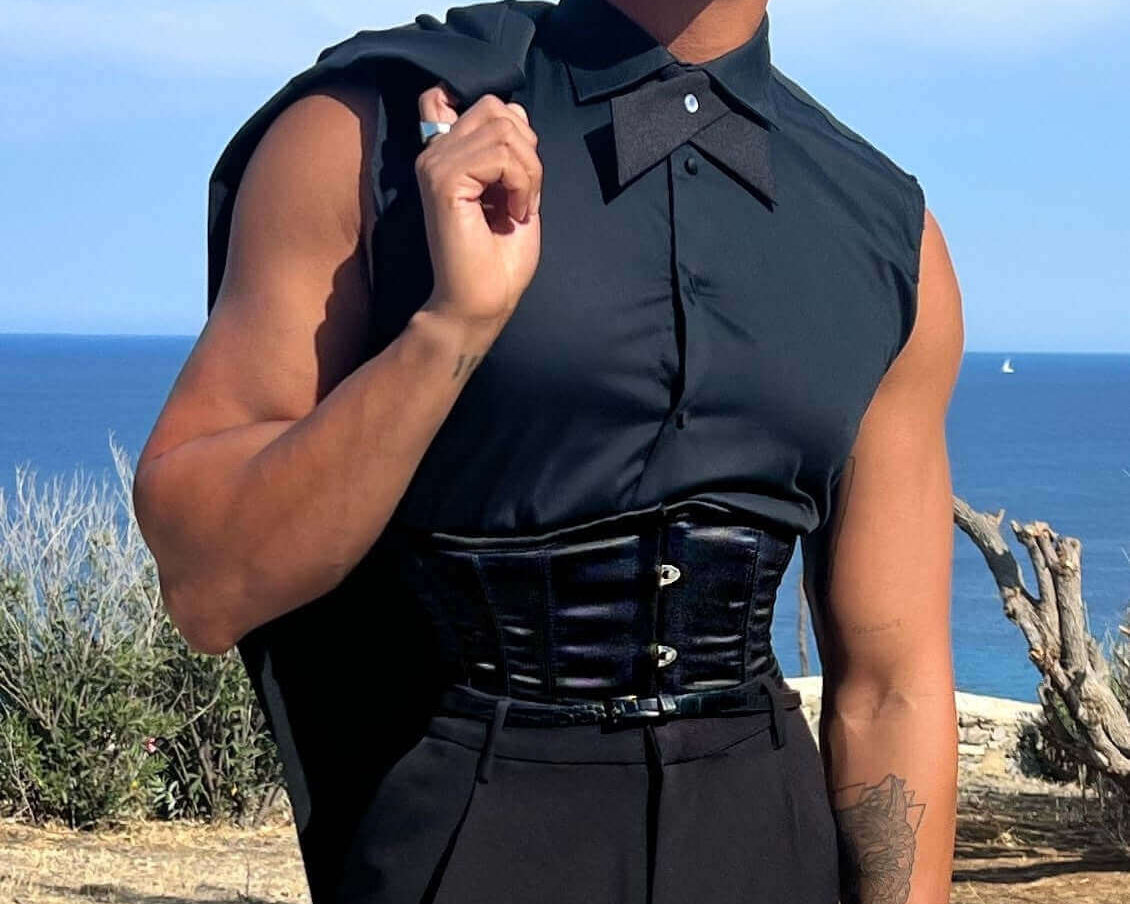The Victorian Corset Controversy: The Great Health Debate of the 19th Century

Step back into the scented, ruffled world of Victorian fashion. Skirts are long, sleeves are wide, and waists are miniscule. Here, the silhouette of a vintage corset was more than style; it was a statement. In the 19th century, women’s corsets defined elegance, posture, and femininity… but not without sparking fiery debate. Because while the corset created the look that is so much of a defining feature of the era, it was not without its problems.
Beneath the Boning: The Victorian Corset’s Beautiful and Controversial Legacy
A shape that stunned
By the mid‑1800s, steel‑boned corsets were tightening waists dramatically. Historical records show the average corseted waist in the 1880s measured around 21 inches. This compares to a natural waist of about 27 inches. And ‘severe’ tightlacing could shrink this further to 19 inches or even as low as 13 inches in extreme cases. It was the birth of the true hourglass figure – a feminine ideal that still holds significant appeal today. But while there’s no denying that the look was impressive, it came at a significant cost.
Style at the cost of health
Women were fainting, struggling to breathe. They developed digestive issues and musculoskeletal problems. Criticism from doctors and reformers soon followed. They warned that the tight lacing of corsets could rearrange internal organs, weaken muscles, and deform ribs and spines. Victorian scholars also linked corset wearing to reproductive issues and difficult childbirths, noting how constricted pelvic development in adolescence could impact long-term health. But for many, these problems were worth the benefits that the corset delivered.
Supporters argued that corsets promoted posture, elegance, and even offered curious wearing pleasures. Women enjoyed the physical sensations of support and the corresponding psychological effects of feeling confident and empowered. They were also delighted in the freedom of choice that the styling of corsets offered.
And yet the alarm continued to grow.
A push for reform
By the late 19th century, the Victorian dress reform movement gained traction. Designers and activists offered alternatives like ‘emancipation waists’ or ‘hygienic corsets’. These were garments engineered with looser front panels, buttons instead of steel busks, and lighter fabrics to ease pressure on the body. Inventors, such as Roxey Ann Caplin and Inès Gâches‑Sarraute created versions that targeted comfort and anatomical safety. And in the process, pushed fashion toward a healthier direction, setting the course for the corsets of today.
Why this matters to True Corset
At True Corset, we honour both sides of the corset legacy, by blending fashion with thoughtful craftsmanship. You can choose a beautifully structured contemporary women’s corset, like the Mimi Sugar Skull Waspi. Or one inspired by vintage corset design, like the Nude Steel Boned. Either way, we’re committed to combining elegance with respect for your well‑being. Our modern corsets echo the grace of the past, minus the health hazards. Helping you to get the elegant look you desire, without any unexpected side-effects.
Ready to explore the revival? Discover women’s corsets that marry timeless beauty with contemporary comfort at True Corset.























